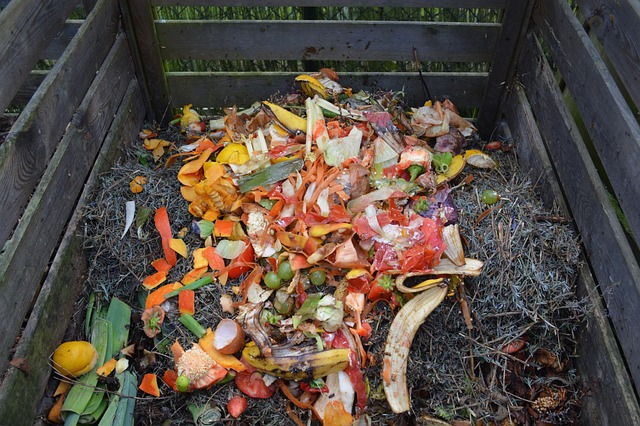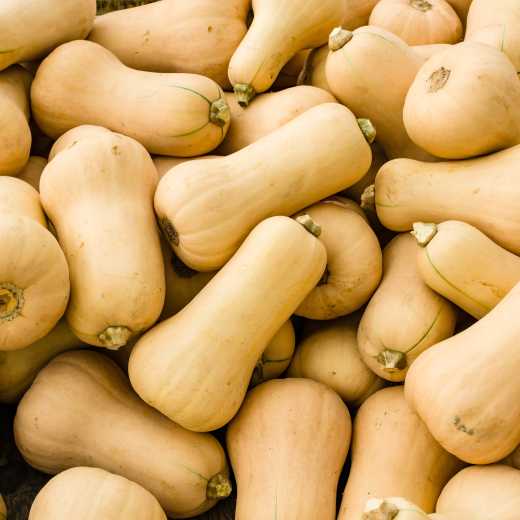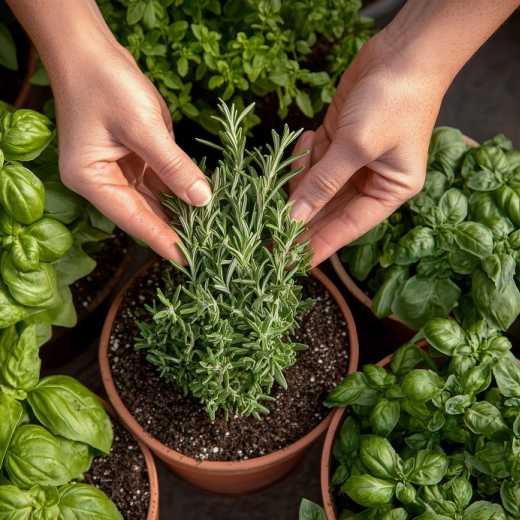Compost is Gardeners' Gold

Once again, I’m going to attempt to condense a subject that entire books are written about to a minimum number of words. Fall is a good time to make compost because leaves are abundant and a great addition to a compost pile. This also is the time of year when people rake, burn, and bag leaves to go to landfills, and that is a terrible waste. If you don’t want to save leaves for compost, just mow them to add nutrients to the lawn instead of putting expensive synthetic fertilizer on your grass.
- Materials to make compost are natural, free, and locally available.
- Compost recycles organic materials such as eggshells, apple cores, coffee grounds, newspapers, flower trimmings, grass clippings, and dried leaves.
- Compost improves all soil types and feeds soil life. While it may be true that plants can utilize nutrients from synthetic sources, the effect of synthetic fertilizers on soils is not helpful and can destroy the living organisms in the soil as well as the soil texture.
- Compost provides the basic nutrients of nitrogen (N), phosphorus (P), and potassium (K), as well as dozens of micronutrients vital to healthy plants.
- Compost “gives back” nutrients that flowers, vegetables, trees, shrubs, and all plants remove in their normal growth process.
- Compost prevents nutrients from leaching away from plant roots and protects soil from wind, rain, erosion, drought, heat, and other extreme conditions.
- Compost stabilizes soil temperatures, conserves soil moisture, and helps control weeds.
How to Use Compost
- Use compost as mulch by applying a 4 to 6-inch layer around plants in the fall. I pile extra compost around cannas, lantanas, Mexican bush sages, dahlias, pineapple sages, roses, figs, crepe myrtles, and any other plants that are borderline hardy and may be damaged by an extra cold winter.
- Add compost to container gardens and hanging baskets.
- Make compost tea by adding a shovelful of compost to a five-gallon bucket of water and letting it steep for a few days. Use nutrient-rich tea on any plants in your landscape.
- Add a few inches of compost around plants in the spring to maintain soil moisture, keep down weeds, add nutrients, and improve the soil tilth.
- Use compost as a growing medium for potted plants.
- Spread compost on the lawn to add nutrients and improve the soil.
How to Make Compost
Fall is one of the best times to start a compost pile because there are so many leaves available, and it has all winter to “cook” before spring. However, you can start composting at any time. If you can't or don't want to make an actual compost pile, you can just leave bags of leaves stacked in your yard behind a storage building or some other out-of-the-way place all winter, and they will break down and practically turn to compost all on their own. You can use them next spring to improve your soil by digging them in before you plant, or as mulch around shrubs and trees that will eventually turn to compost and improve the soil. The partly decomposed leaves also work great to spread around your tomato plants in June to keep weeds down and conserve moisture. For those who are more adventurous and want to have their own ready supply of homemade compost, here's an easy way to get started.
- A good size compost pile to aim for is 4' deep by 4' wide by 4' high. The key is to make the compost pile big enough to retain heat and keep things from getting too dry but not so big it is unmanageable. This size should let temperatures in the center of the pile heat up from 120 to 160 degrees Fahrenheit, which is hot enough to kill most weed seeds and disease organisms.
- It’s best to have the compost pile on bare ground in contact with the living soil organisms, actinomycetes, that are necessary for the composting process. You can just pile the materials in the open, but it is easier to contain the pile and keep it neat if you build a basic fence out of heavy wire or wooden pallets.
- Coarse materials should be chopped or shredded. The more area exposed to oxygen, the faster they will break down.
- Build the pile in layers alternating nitrogen materials (green stuff) with carbon materials (brown stuff). You want a ratio of about 3:1 of carbon to nitrogen so about three times more carbon than nitrogen. You can add a shovelful of garden soil or compost to ensure you have enough microorganisms to start the decomposition process.
- Nitrogen (N) materials include green grass clippings that have not been treated with chemical fertilizers or pesticides, yard trimmings from trees, shrubs, flowers, and weeds that are not going to seed, and produce trimmings from the kitchen and garden. You can add fish meal, blood meal, cottonseed meal, and manure from horses, rabbits, chickens, goats, and cows. Clean the barn and get bedding straw already mixed with organic fertilizer.
- Carbon (C) materials include dried leaves, straw, shredded newspapers, cardboard, and brown paper bags. Materials you don’t want to put in your compost pile are meat scraps, bones, pet litter, pet manure, slick magazine pages, waxed cardboard, and large limbs.
- Wet down each layer as you add materials until it is the consistency of a damp sponge. The microorganisms that break down organic matter cannot do their job if the material is so wet it is soggy, and they cannot function if the material is too dry.
- Turn the pile about every four days to speed decomposition. You can cover the pile with black plastic in the winter to absorb more heat.
The compost pile is done when it no longer heats a few days after turning and has shrunk to about half the original size. It should look and smell like rich, black earth. You can sift this “Gardener’s Gold” through a screen to get a refined, finished product to use in containers or flowerbeds if you prefer. You also can use the product before it has totally broken down and is still somewhat coarse as mulch around shrubs, trees, and larger perennials. It is also great to enrich the planting holes when adding new annuals, perennials, shrubs, etc. to the landscape.
Troubleshooting the Compost Pile
Problem: The compost pile doesn’t heat up enough.
Solution: Add more nitrogen materials in the form of grass clippings or animal manures and make sure the pile is damp. Turn the pile to get the perimeter area mixed into the interior where the most heat occurs.
Problem: The compost pile smells bad.
Solution: Aerobic bacteria break down compost. If it smells like a garbage dump instead of freshly turned soil, it is undergoing anaerobic decomposition, which means “without oxygen.” Turn the pile to get more oxygen to the materials.
With a little effort, you can make your own compost and have a plentiful supply of the best soil conditioner in the world. Happy gardening and composting!

National Garden Clubs, Inc. is a 501(c)(3) organization that aims to promote the love of gardening, floral design, and civic and environmental responsibility. There is a local club near you, click here to find one and join. Subscribe to the NGC’s blog by entering your e-mail here. You do not have to be an NGC member to subscribe. NGC welcomes blog article submissions, e-mail the Blog Administrator at blog@gardenclub.org.

 Member Login
Member Login






